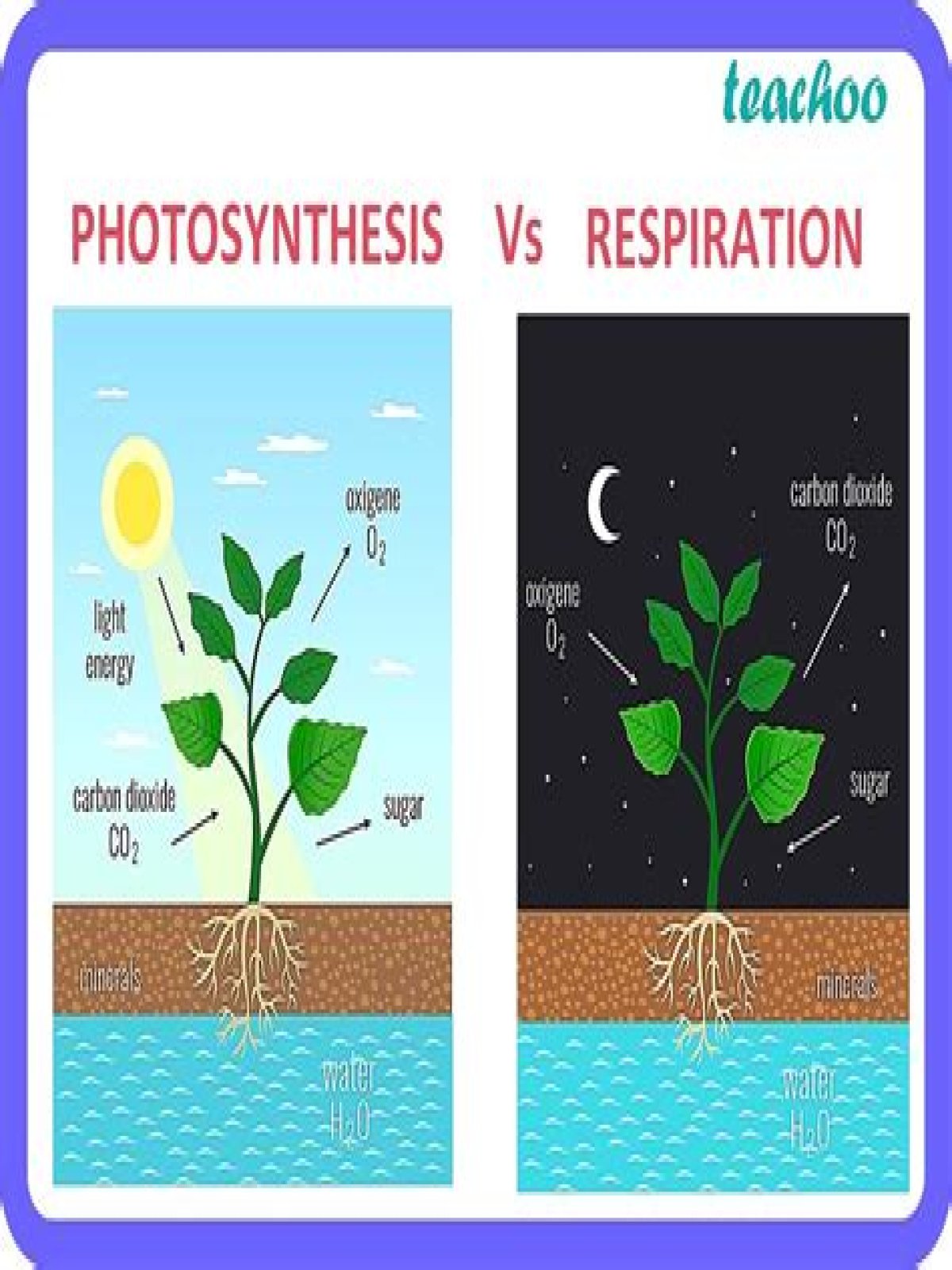Correspondingly, why do plants Photosynthesise?
Unlike animals, most plants do not need to find food, because they can make it for themselves. Plants use energy from sunlight to turn water and carbon dioxide into an energy-rich sugar called glucose. This process is called photosynthesis, which means “making things with light”.
Also, what happens when plants respire? Plants like other animals also respire. Plants also need energy. The plants get energy through the process of respiration in which glucose food breaks down in the presence of oxygen to form carbon dioxide and water with the release of energy. This energy is used by the plant for carrying out its various life processes.
Secondly, why do plants do respiration?
Like all other organisms, plants require energy to grow and thrive in their environment. The process of cellular respiration allows plants to break down glucose into ATP. Although plants use photosynthesis to produce glucose, they use cellular respiration to release energy from the glucose.
What do plants use the energy from respiration for?
Photosynthesis is the process by which plants use light energy to convert carbon dioxide and water into sugars. Respiration occurs when glucose (sugar produced during photosynthesis) combines with oxygen to produce useable cellular energy. This energy is used to fuel growth and all of the normal cellular functions.
